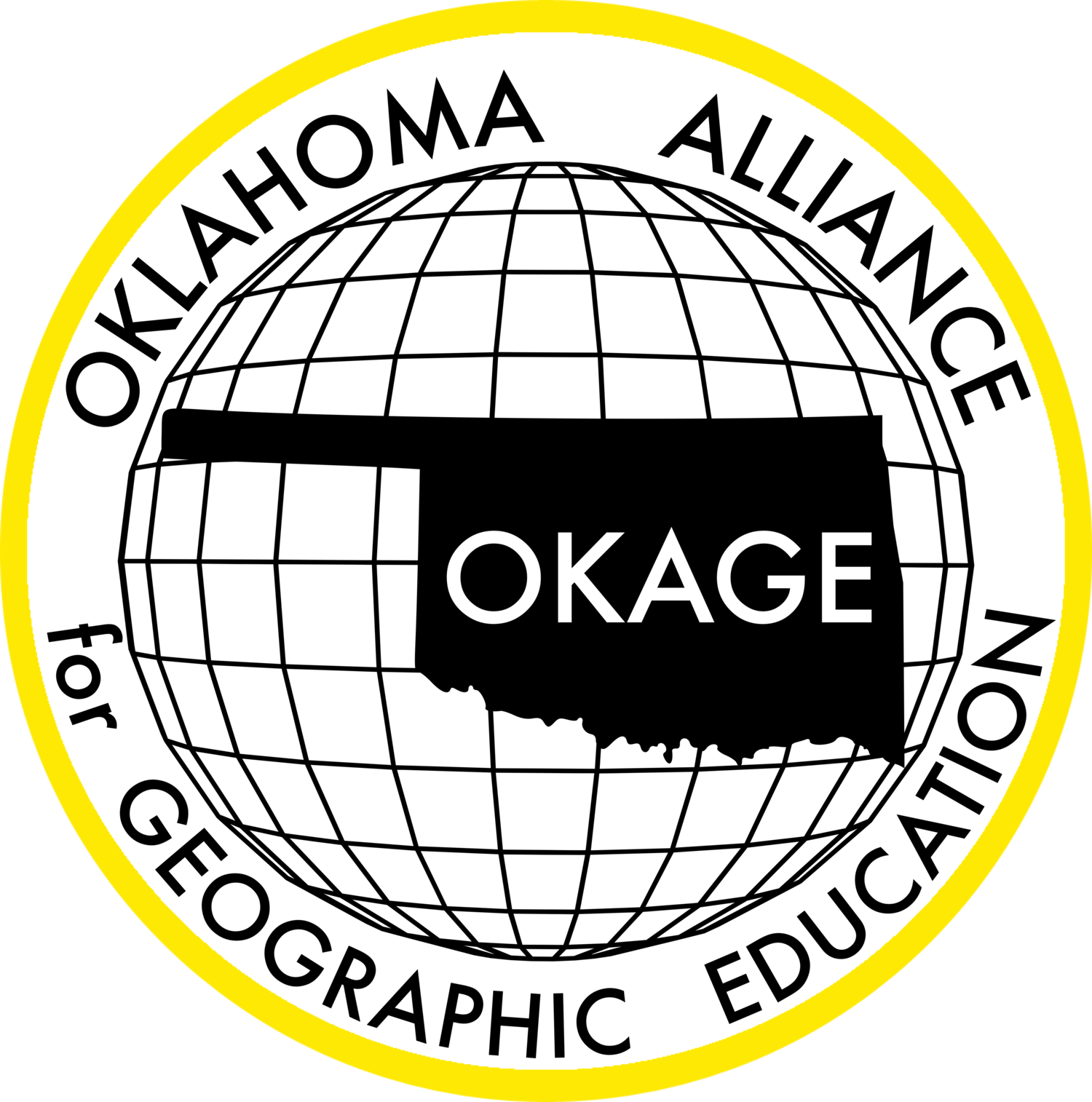Description: In this lesson, students will investigate name changes of locations in Asia. They will be able to understand why location names change and apply this knowledge to current events and issues. They will be able to identify locations on a map and use geographic tools to analyze geographic data.
Grade level(s): Middle School
Standards: OAS
Produced By: Amy Williams





















